Novice coffee jacquard common problem analysis and treatment Daquan! Jitter is the secret of coffee flower pulling?
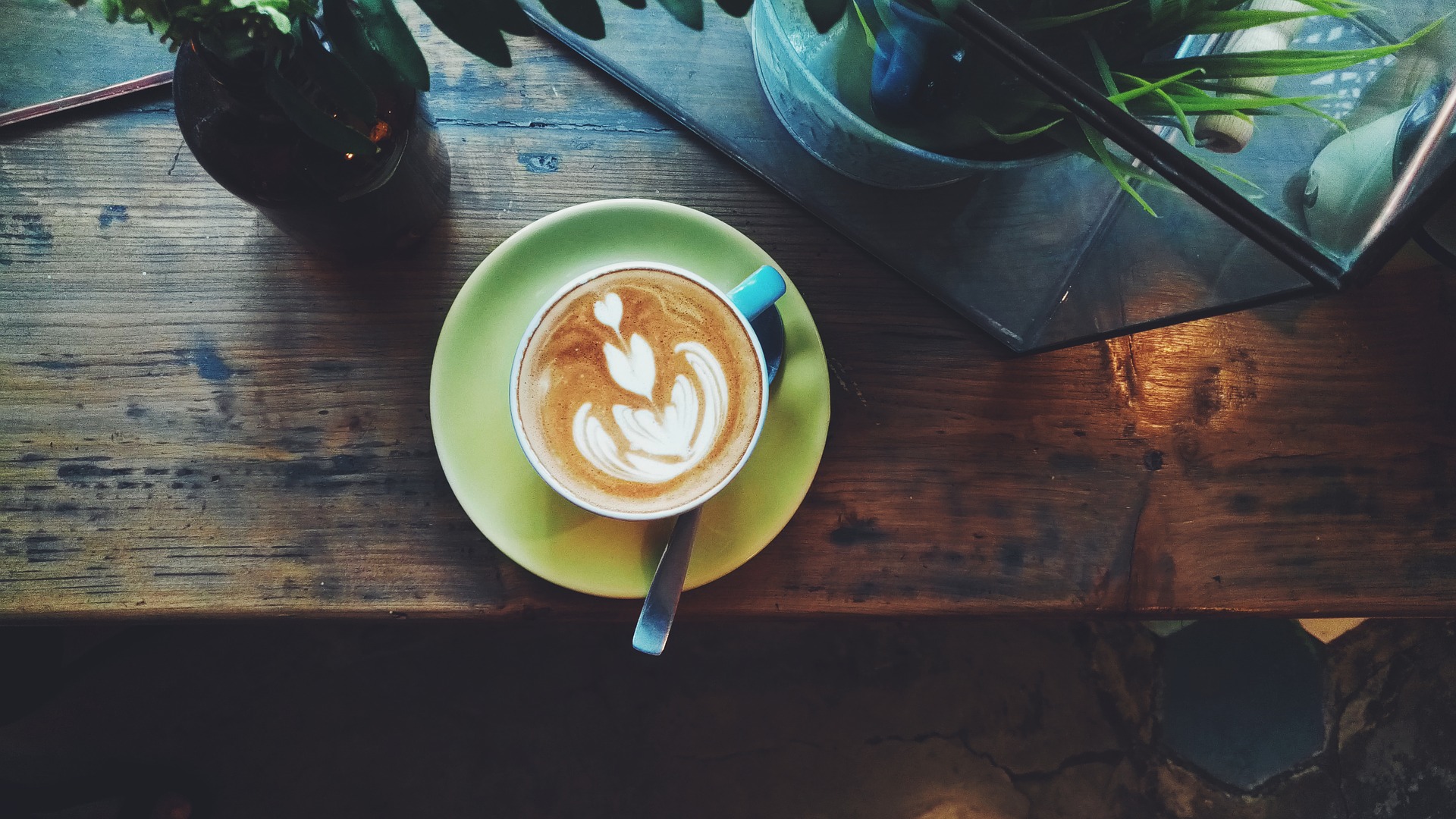
Professional coffee knowledge exchange more coffee bean information please follow the coffee workshop (Wechat official account cafe_style)
There is a lot of controversy about the coffee flower, such as:
Does the taste of milk affect the taste of coffee?
Will the coffee flower improve the quality of the coffee, or will it destroy the original delicate taste of the coffee?
But there are still many problems that have been ignored. before we talk about the details of the mistakes, let's see which factors can seriously affect the quality of coffee flowers.
How important is semantic concentration? That's right
When I first started working in Seattle and Boston, almost all the training I attended was on espresso, and it wasn't until 2006 that I first tasted my espresso. It was only then that I really realized how important espresso was to milk-based coffee.
When I began to re-examine the coffee flowers I made, almost no cup of coffee satisfied me, I realized that the coffee flowers not only have to look good, but also the production of espresso base must be accurate, which is the guarantee of the best taste of coffee.
Italian concentration is the premise, milk is the icing on the cake, while pleasing customers, we can not be separated from the nature of coffee.
Jitter is the secret of coffee flower pulling? Wrong
Everyone likes to shake their wrists and want to draw coffee flower patterns through wrist shaking. Once upon a time, I firmly believed that the secret of coffee flowers is to shake their wrists, but in textbooks, videos and lectures, shaking is actually the wrong method of operation.
One day in 2007, when I came to bring the American Fine Coffee Association barista Institute of Technology, I was asked to show off my coffee drawing skills, and you can imagine how funny I was. My mentor, Aaron Ultimo, the founder of Ultimo Coffee, asked me to try a new method of coffee drawing.
He told me that by strictly controlling the movement of the hand and focusing on the distance, flow rate and position of the milk, you can control exactly where and how the milk enters the coffee.
This is the most valuable lesson I have ever learned about coffee flowers in my life.
The higher the coffee temperature, the better? Wrong
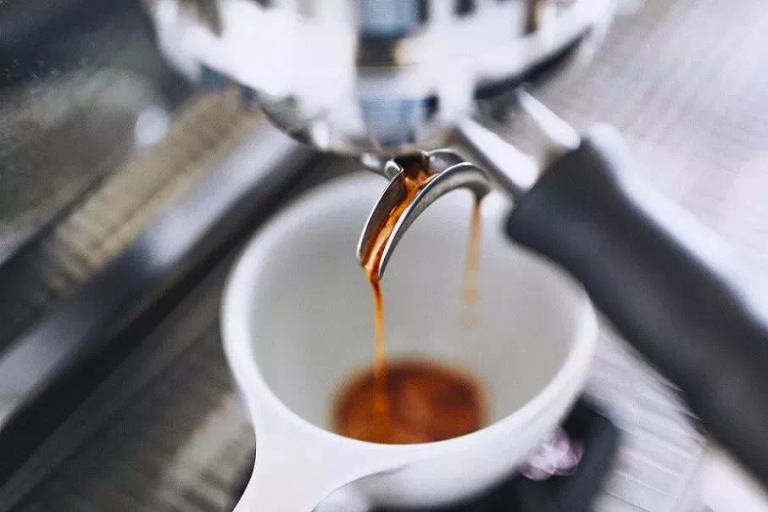
If you are serving hot coffee to your customers, please put down your phone, go to the coffee machine, send the milk to 82 degrees, smell, taste and think, and compare it with milk at normal temperature. do you usually give this kind of milk to your customers? It better not be.
Of course, you have the right to make your own choice, but at least the students who come out of my class no longer dare to beat the milk to that high temperature. In addition, if the temperature is too high, your coffee pattern must be blurred and chaotic, because at high temperature, the fine foam will disintegrate quickly and there will be many holes in the foam.
Does the coffee cup need to be preheated?
Need
Be sure to preheat the cup and then use it to make coffee, otherwise the coffee cup will quickly absorb the temperature of the coffee and lose its good taste. Since I did this, the coffee has never been returned in the coffee shop. The only reason why customers find me after tasting it is why the coffee here is better than that of other places.
There is a lot of useful nonsense. Now let's move on to today's real topic: common problems and solutions of coffee pull. Let's take a look at the first picture first.
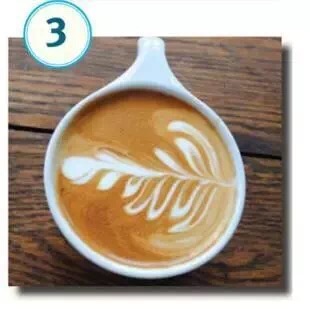
Picture one
This is perhaps the most common coffee pattern when beginners try it for the first time. The good thing is that the pattern is basically clear and you can tell the color difference between fat and milk.
We can know from the pattern that at the beginning of the coffee flower, the distance of the barista pouring milk is correct, and the flow rate is well controlled. The milk penetrates the grease, and the milk is poured in from the center, without destroying the surface tension.
The problem is that when the barista tries to shape the leaves and the milk tank starts to shake from side to side, the milk tank is too far from the surface of the coffee (it should be 1 hand 3-1 hand 2 inches), which makes the leaves look asymmetrical, and some milk sinks and some floats well on the surface.
For this barista, my advice is that the next time you draw the pattern, the milk tank must be as close to the coffee surface as possible, so that the figure will be more symmetrical and the outline will be clearer.

Picture two
Do you see what's wrong? Obviously, too much air enters the milk. When there is too much air, the pattern becomes difficult to control because bubbles squeeze grease around, which is why the pattern in the second picture is not as clear as the first one.
As for the method of pulling flowers in coffee, it is obvious that the barista's method is correct. He just needs to re-mix the milk.
One of the ways to check the amount of air is to observe the hanging condition of the milk as it rotates in the tank, and whether there are visible bubbles in the milk hanging on the wall of the tank. the more bubbles can be seen, the worse the quality of the milk after discarding.
The perfect milk looks like wet paint, shiny, silky and rarely hung up.
If there is a little more air in the milk, you can pour it out before you start the coffee flower. But if the first time the milk is poured out in a large amount and the flow rate is very sudden, it means that the foam has been separated from the milk. At this time, you can break the foam floating on the surface and make the texture more uniform by tapping the milk jar.
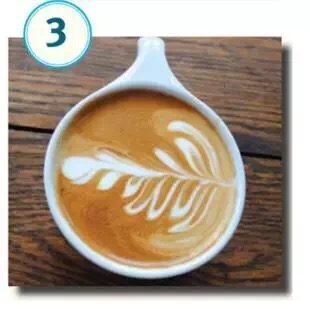
Picture three
Too much air is not good, even too little is not good. In the picture above, the leaf pattern is a little slender because there is not enough foam in the milk, resulting in insufficient surface tension.
At the same time, you can clearly see that there is a gray-brown fusion on the edge of the connection between the milk and the grease, this time because the milk is too thin and destroys the grease structure. Therefore, getting rid of not enough is also a problem that we should avoid.
How to correct it? One way is to let the milk sit for a while and let the foam surface. Never repeat, because the temperature of the milk can't get any higher.
As for the method of pulling flowers in coffee, the barista's method is basically correct, the leaves have been formed, but there is still a problem of shaking the wrist, because the leaves are uneven and deviated from the position, which shows that the barista does not have enough control over the wrist.
In addition, at the end of the coffee pull, the milk jar should be moved away from the surface and passed vertically through the pattern. The barista obviously ended up with the milk tank too close to the coffee surface, undermining the integrity of the pattern.

Picture 4
This picture shows that the barista has made a lot of progress.
First of all, the design is clear and the surface is shiny, which shows that the milk is handled very well. The color difference is obvious, and the barista has more precise control over the graphics. If you continue to practice and pay attention to the range of left and right sloshing, the figure will be more symmetrical.
When I first started to check graphic symmetry, I measured it with the seams of the paper cup or the handle of the cup. In the leaf figure, the number of leaves depends on the speed at which the milk is poured. It is not that there are as many leaves as possible. I have also seen a beautiful pattern of four leaves with perfect symmetry.
The problem with this cup of coffee is that by the time the painting is nearly finished, there is not enough milk!
We saw that the top half of the pattern was a little fat because the barista was out of milk when he was ready to pull vertically at the end.
To solve this problem, baristas need to accumulate more experience, and experienced baristas can know the remaining amount of milk by the weight of the milk tank. Another simpler solution is not to do the final vertical pull, which at least ensures that the figure is symmetrical and clear.

Picture five
This cup of coffee looks good, but it has a lot more problems than the last one.
First of all, the grease structure is broken, perhaps because the milk is poured too close to the edge of the cup, not in the center of the cup, and it is too late when the barista wants to correct it. The shape of the leaves is cleaned, which shows that the flow rate of pouring milk is well controlled. The final vertical pull still needs to be practiced. To ensure a heart-shaped pattern at the top of the leaves, the barista can stay at the top for a while and then pull vertically.
Secondly, the vertical pull must ensure that the distance of the milk tank is far enough, and the vertical line is clear and straight. The velocity and distance of the vertical pull should be the same as at the beginning of the flower drawing, except in the opposite direction.
I hope the above content can help you to better improve the technology of coffee flower drawing. Remember that only by practicing unremittingly, ensuring that the milk is handled perfectly, and controlling the distance, speed and position of pouring milk, can you make the perfect coffee flower. Good luck!
This article is selected from: Anne Nylander
By Phil Newell / Anne Nylander
Photo / Elle Bernert (unless otherwise indicated)
Original English address / fivesenses.com.au/blog/latte-art-troubleshooting
Important Notice :
前街咖啡 FrontStreet Coffee has moved to new addredd:
FrontStreet Coffee Address: 315,Donghua East Road,GuangZhou
Tel:020 38364473
- Prev
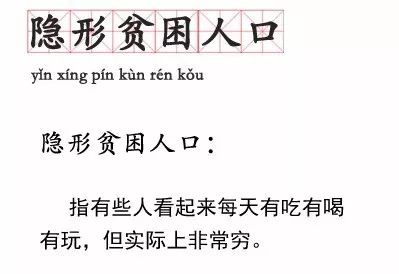
Invisible poverty? It doesn't exist! My baristas are all overtly poor!
Professional coffee knowledge exchange more coffee bean information Please pay attention to the coffee workshop (Wechat official account cafe_style) some time ago poverty limited my imagination all over the Internet, and recently everyone has a new understanding of poverty salary is like a period, come and leave after a week. Look at your Alipay, Wechat wallet and bank card. All four are empty. In the eyes of others
- Next

Teaching beginners how to make dense and meticulous milk bubbles
Professional coffee knowledge exchange more coffee bean information please follow the coffee workshop (Wechat official account cafe_style) what is the dense milk foam? The first standard is that the surface should be reflective. This statement is very objective and direct, at least it can be used as a standard to be seen by the naked eye. The second criterion is that there is no coarse foam on the surface. This needs to be in place.
Related
- What is the meaning of lactic acid fermentation with coffee bean treatment?
- How to judge the state of foam by sound?
- How does the latte pull out the unicorn pattern? Come to get for a little trick to improve the flower pull!
- Will flower pulling affect the taste of the latte?
- Do you know the history of coffee?
- The difference between honey treatment and sun washing what is raisin honey treatment?
- What kind of milk can a novice use to make coffee foam to keep the foam longer? The correct method and skills of milking tutorial sharing
- Why do washed coffee beans taste sour? Flavor characteristics of washed Coffee
- Introduction to the skill of how to practice the size and height of water injection around the circle of hand-brewed coffee
- How do beginners practice coffee flower drawing from scratch?

